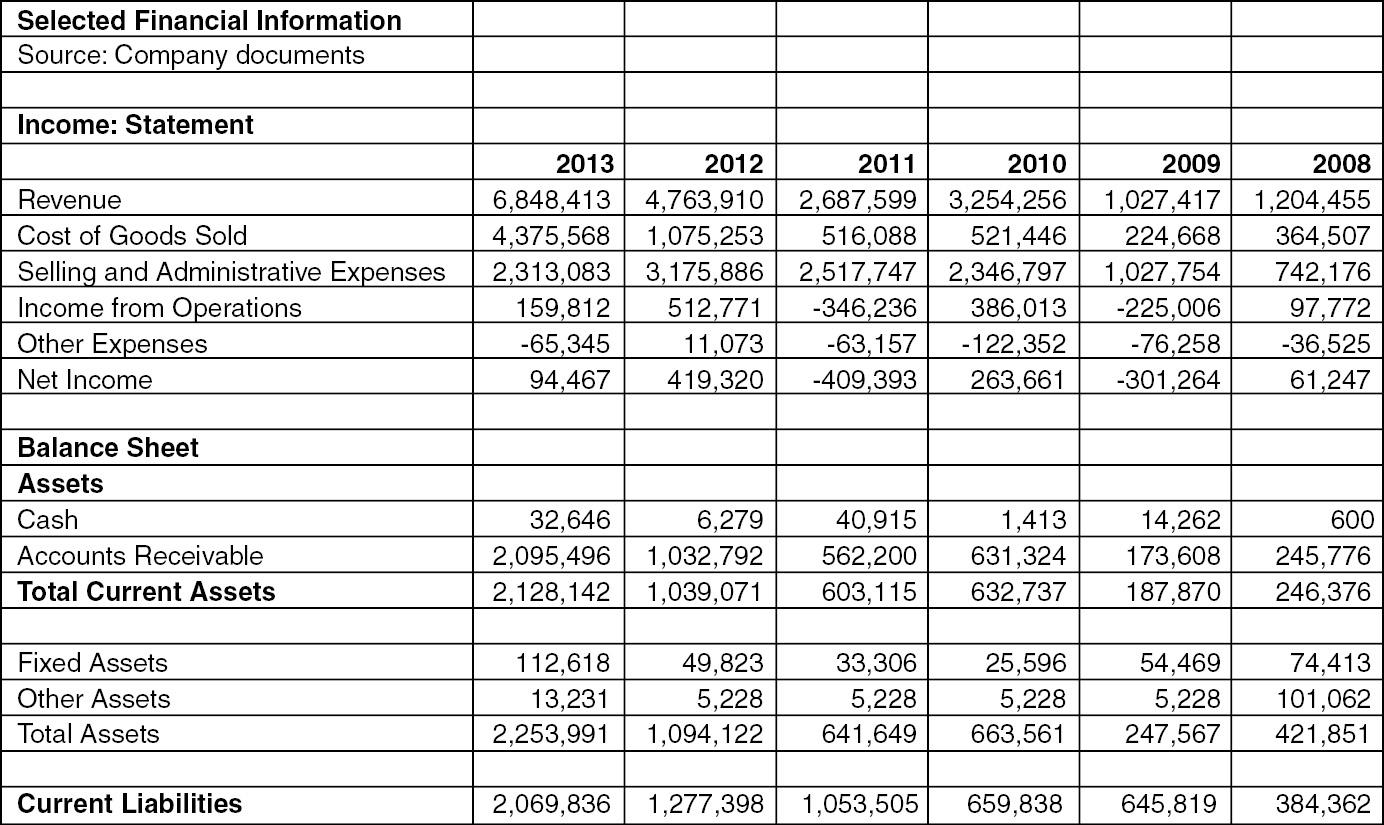Question
Case Spreadsheet: Integrated Communication Inc. of Virginia Prepare a spreadsheet model for the case. Be sure to separate assumptions from the rest of the model
Case Spreadsheet: Integrated Communication Inc. of Virginia
Prepare a spreadsheet model for the case. Be sure to separate assumptions from the rest of the model and include scenario summary.
Bills to pay, and little cash coming in! Andrew Lowry,1 chief financial officer for Integrated Communications Inc. of Virginia (ICV), saw his fledgling firms slow accounts receivable and wondered if there was a way to make the funds come in faster. As CFO (and chief operating officer and chief technology officer), Andrew was responsible for daily operations and for the financial health of the consulting firm that he and chief executive officer and wife, Jennifer, had founded. The firm was a certified 8a, woman-owned company, which meant that the firm received preference in obtaining government contracts, which were the bread and butter for the firm. Jennifer owned 51 percent of the firms stock and Andrew owned the remaining 49 percent. ICV currently had contracts or had completed contracts with the federal agency clients such as the Departments of Agriculture, Defense, Labor, Homeland Security, Energy, Treasury and Transportation, Office of Personnel Management, USAID, FDIC, and Food & Drug Administration. In recent years, government agencies had provided about 85 percent of ICV revenues. Services provided by ICV included developing organizational plans, services, products, and programs for clients; taking clients communications and creating a consistent and integrated message, voice look and fee; employee training; motivational programs; and developing and implementing creative solutions to effect change within a firm.
Andrew said ICV planned to focus on its federal government practice to fuel its projected expansion. He expected revenues to be $8 million in 2014 and to grow to $10 million in 2015, a 25 percent increase realized largely by a larger government consulting practice. Andrew had forecast revenues in 2015 of $15 million, an even greater increase of 50 percent. The greatest impediment to the firms growth was access to financing. ICV had a line of credit which was adequate for its current needs, but Andrew was looking for a way to get paid faster in order to put that money to work more quickly. Government clients were reliable, but slow to pay; exactly when the money would arrive was the big question. For example, ICV had yet to be paid in 2013 for a contract it had completed in 2012, because the hiring agency had not filled out the necessary paperwork properly. Andrew was researching factoring as a way to bring in accounts receivables cash sooner, working with a local company that specialized in factoring government accounts receivable. His concern was that this would be a very expensive form of financing and could impact profits adversely. At present, the firm had only 20 percent in equity, with the remainder current liabilities and the bank line of credit. Selected financial information is contained in Table 1.
Andrew had investigated factoring and found that with factoring, ICV could sell the accounts receivable that were approved for payment. The factoring contract that Andrew was offered would give the firm a loan amount of 80 percent of accounts receivable with interest at 1.5 percent per month. There were no fees in addition to the interest, due monthly. The initial loan was based on a 60-day payback period, although the loan due date could be extended if ICV wanted more time. If any of the receivables being factored went beyond 90 days, they were considered to be past due. Like 70 percent of factoring contracts, this was a recourse contract, which meant that ICV would need to supply new receivables to replace the stale accounts receivable. In other words, ICV would pay interest on the original amount of the receivables loan, even though it had ultimately supplied receivables worth more than 100 percent of the value of the original loan. This was equivalent to paying interest on loan funds that were not received.
Table 1Integrated Communications of Virginia Selected Financial Information
 In particular, Andrew was looking at a contract from a government agency that was especially slow to pay and was considering factoring. The contract would bring in $125,000 in revenues and provide ICV with $6,000 in profit. He thought he would be able to pay back the factoring loan after two months when he expected payment from a different, larger contract to come in, but it was possible that he might have to stretch the factoring loan to four months. If this worked well, he would consider factoring all of 2013s accounts receivable for a four-month period.
In particular, Andrew was looking at a contract from a government agency that was especially slow to pay and was considering factoring. The contract would bring in $125,000 in revenues and provide ICV with $6,000 in profit. He thought he would be able to pay back the factoring loan after two months when he expected payment from a different, larger contract to come in, but it was possible that he might have to stretch the factoring loan to four months. If this worked well, he would consider factoring all of 2013s accounts receivable for a four-month period.
Step by Step Solution
There are 3 Steps involved in it
Step: 1

Get Instant Access to Expert-Tailored Solutions
See step-by-step solutions with expert insights and AI powered tools for academic success
Step: 2

Step: 3

Ace Your Homework with AI
Get the answers you need in no time with our AI-driven, step-by-step assistance
Get Started


